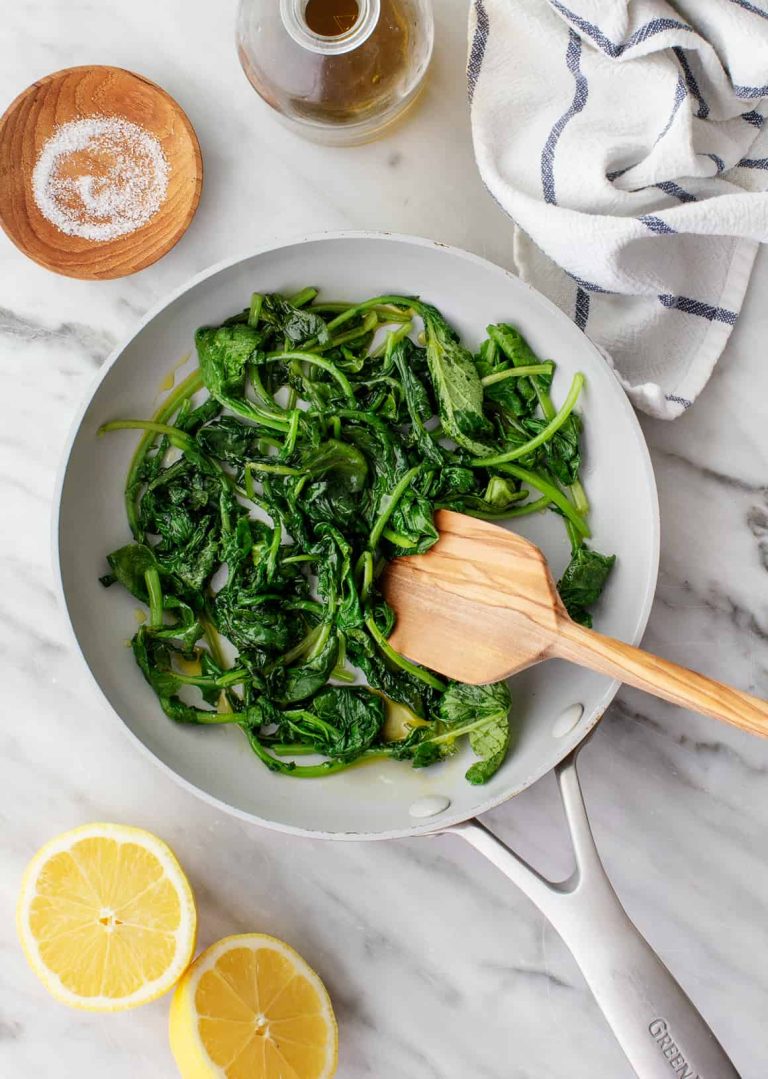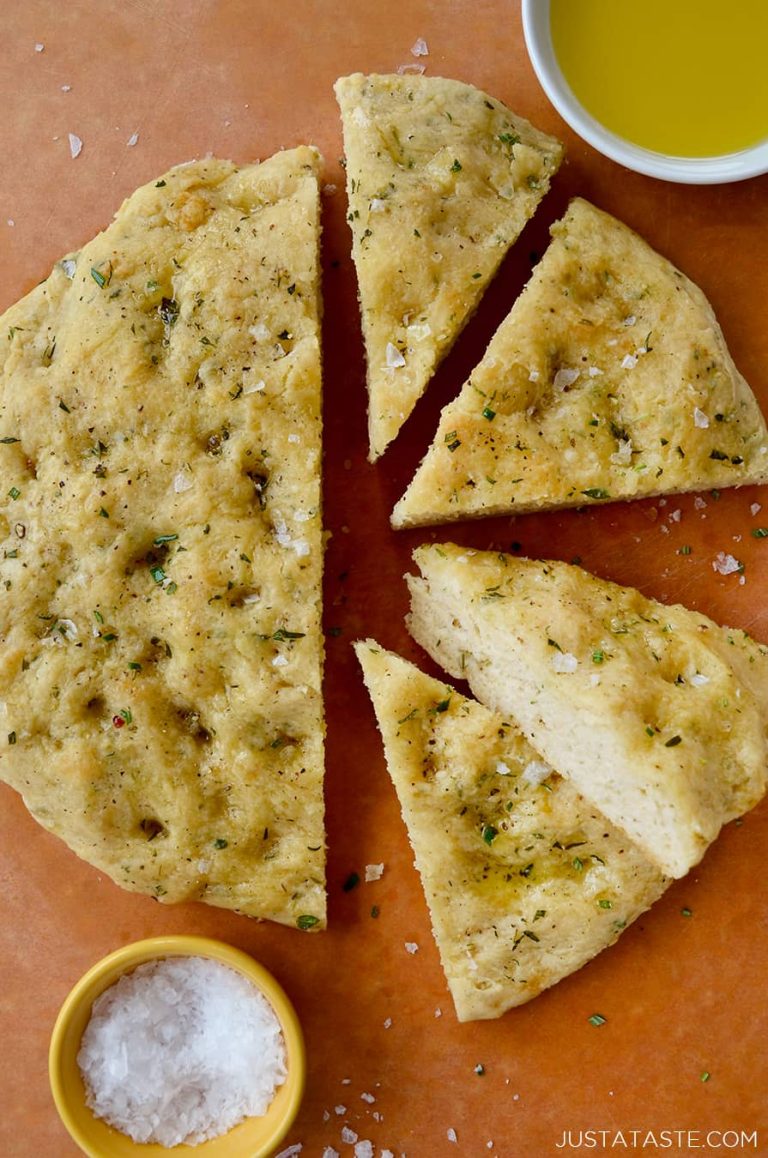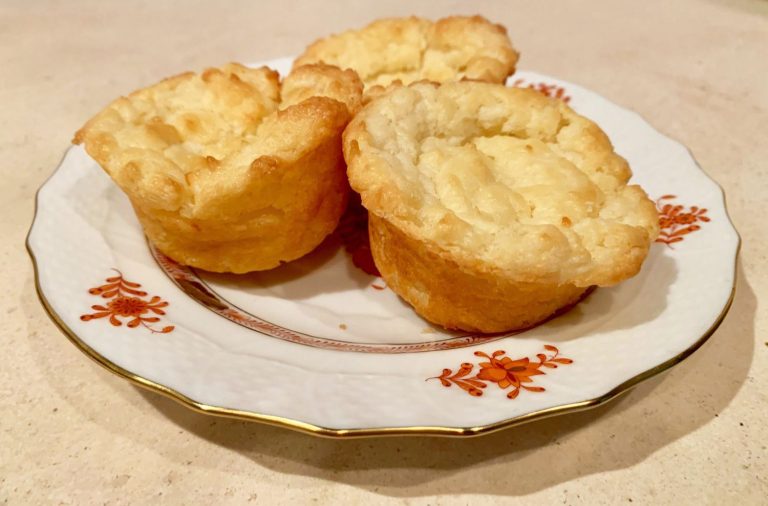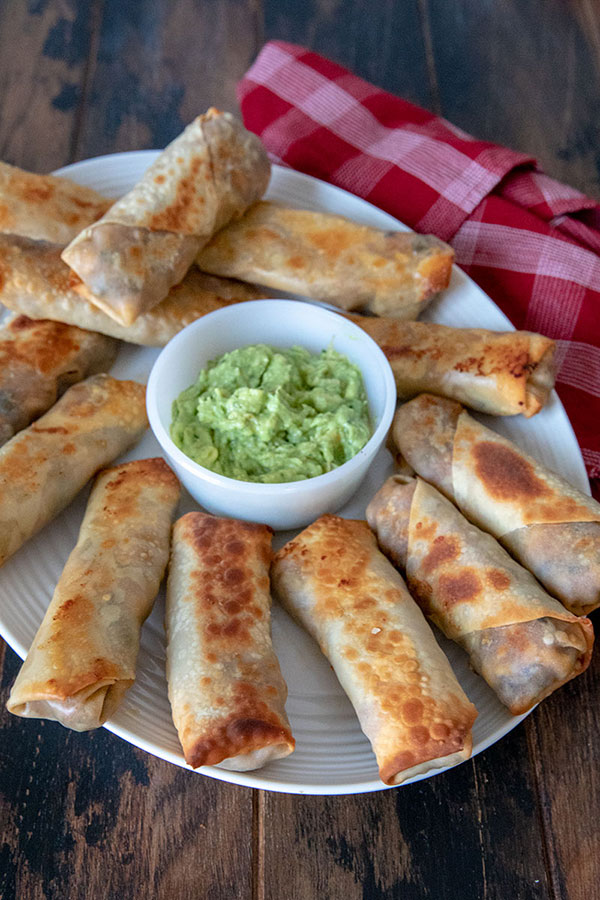Essene Bread: Ancient Nutritious Staple, Modern Culinary Delight
Essene bread uses sprouted grains as its core ingredient. Unlike conventional bread, which uses flour from unsprouted grains, Essene bread relies on the germination of grains to unlock nutritional benefits. During sprouting, grains convert starches into simpler sugars, making the bread easier to digest. Additionally, sprouted grains retain more vitamins, minerals, and enzymes. This preparation method maximizes the bioavailability of nutrients, unlike traditional baking, which often depletes these essential compounds.
Historical Context and Origins
Essene bread dates back over 2,000 years, originating from the Essenes, an ancient Jewish sect known for their ascetic lifestyle. They believed in consuming whole, unprocessed foods, adhering to practices that modern nutritional science now recognizes as beneficial. The Essenes would mix sprouted grains with water and shape the mixture into flat cakes, then dry them under the sun or at very low temperatures. This method not only preserved the bread’s nutritional integrity but also made it suitable for long-term storage without spoiling. Inscriptions from the Dead Sea Scrolls provide documentation of these practices, highlighting the historical significance and enduring legacy of Essene bread.
Nutritional Benefits of Essene Bread
Key Vitamins and Minerals
Essene bread offers essential vitamins and minerals that promote overall health. It contains high levels of B vitamins, particularly B1 (thiamine), B2 (riboflavin), and B3 (niacin), important for energy metabolism and brain function. Vitamin C is another key nutrient, boosting the immune system and aiding in collagen production.
Minerals in Essene bread include iron, magnesium, and zinc. Iron helps with oxygen transport in the blood, magnesium supports muscle and nerve function, and zinc boosts the immune system and aids wound healing.
Benefits of Sprouted Grains
Sprouted grains in Essene bread enhance its nutritional profile. The sprouting process reduces anti-nutrients like phytic acid, increasing the availability of minerals such as calcium, iron, and zinc. This improves the absorption of these nutrients.
Additionally, sprouting boosts the protein content and breaks down complex starches into simpler forms. This leads to easier digestion and stable blood sugar levels. The process also increases fiber content, promoting digestive health and aiding in weight management.
How Is Essene Bread Made?
The Process of Making Sprouted Bread
Essene bread begins with sprouted grains. You start by soaking whole grains, such as wheat, in water for 12-24 hours. Once soaked, you drain the water and allow the grains to sprout, which typically takes 1-2 days. During sprouting, rinse the grains every 8-12 hours to prevent mold growth.
After sprouting, grind the grains into a dough-like consistency. Mix the ground grains with water, shaping the mixture into flat cakes. Traditionally, you would place these cakes in sunlight to dry or in an oven set to low temperatures (below 110°F or 43°C) to preserve enzymes and nutrients.
Differences From Traditional Bread Baking
Essene bread differs significantly from traditional bread baking. Instead of using flour and yeast, you use sprouted whole grains. This method eliminates the need for commercial yeast, relying instead on natural fermentation from the sprouting process.
The baking method also sets Essene bread apart. You dry it at low temperatures rather than baking it at high heat, preserving more nutrients and enzymes. Additionally, the texture and flavor of Essene bread are unique, offering a denser, sweeter, and moister experience compared to traditional bread.
| Aspect | Essene Bread | Traditional Bread |
|---|---|---|
| Main Ingredient | Sprouted whole grains | Flour and yeast |
| Leavening Agent | Natural fermentation from sprouting | Commercial yeast |
| Baking Temperature | Low temperatures (below 110°F) | High temperatures (375°F-475°F) |
| Texture | Dense, moist, sweet | Light, airy, varied |
| Nutrient Retention | High | Variable |
By understanding the nuanced differences and detailed processes of making Essene bread, you can appreciate its nutritional benefits and unique qualities compared to traditional bread.
Culinary Uses for Essene Bread
Ideal Pairings and Recipes
Essene bread pairs well with various ingredients, offering diverse culinary possibilities. Pair it with fresh vegetables, hummus, or avocado for a nutritious snack. For breakfast, spread almond butter, honey, or fruit preserves on the bread. Layer slices of tomato, mozzarella, and basil for a twist on the classic Caprese sandwich. You can also toast it lightly and serve it with a selection of cheeses, dried fruits, and nuts, creating a harmonious blend of flavors and textures. The bread’s natural sweetness complements savory and sweet toppings alike.
Creative Uses in Modern Cuisine
Modern dishes can incorporate Essene bread in innovative ways. Use it as a base for gourmet open-faced sandwiches or tartines topped with smoked salmon, cream cheese, and dill. Dice it into cubes, bake until crispy, and use it as croutons in salads. Replace traditional pizza crust with slices of Essene bread; top them with marinara sauce, fresh herbs, and roasted veggies. You can also crumble the bread into a food processor to create a unique, flavorful breadcrumb alternative for coating proteins or adding texture to soups and casseroles. Incorporate Essene bread in these dishes to elevate their nutritional profile and impart a unique flavor.
Where to Buy Essene Bread
Tips for Finding Fresh Essene Bread
Finding fresh Essene bread involves knowing where to look. Health food stores often stock Essene bread in their bakery sections. Specialty bakeries with a focus on organic and sprouted grain products are good sources. Online retailers like Amazon and Thrive Market also offer a variety of options. Always check the product description for keywords like “sprouted grains” and “low-temperature drying” to ensure authenticity.
Store-Bought Versus Homemade
Deciding between store-bought and homemade depends on your priorities. Store-bought Essene bread provides convenience and consistent quality. Brands like Alvarado St. Bakery offer reliable products. Homemade Essene bread allows for customization and freshness control. While it requires more effort, it yields a more personalized product. Consider your time and ingredient accessibility when choosing.
Conclusion
Exploring Essene bread opens up a world of nutritious possibilities. Its ancient preparation method and unique ingredients make it a standout choice for health-conscious individuals. Whether you purchase it from specialty stores or try your hand at making it at home, Essene bread offers a versatile addition to your culinary repertoire. Enjoy it in sandwiches, salads, or as a nutritious breadcrumb alternative. Embrace the rich history and health benefits that Essene bread brings to your table.






